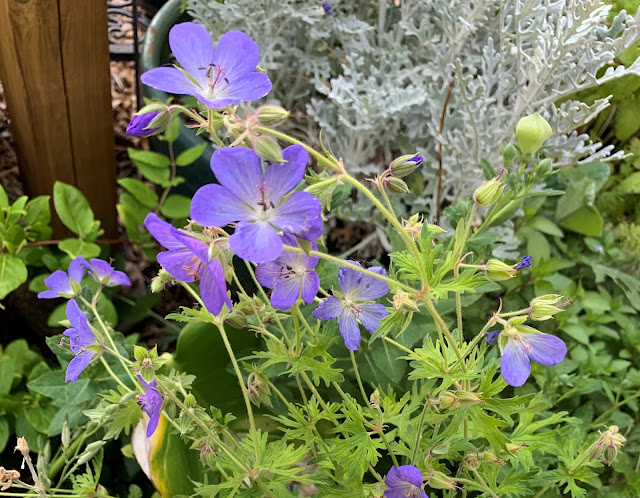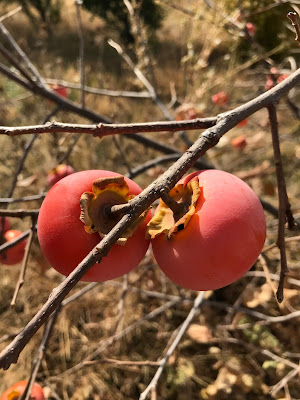Microclimate Control

Southwest Yard & Garden By Marisa Thompson The power of microclimates is exemplified by these images of chile plants growing in a warm microclimate (left) versus a cold microclimate (right) on Nov. 23, 2021. Photo credits Elliott Gordon. Question: How long can I leave green tomatoes on the plant before they’re ruined by a frost? - submitted by Curry County Extension Agriculture Agent Mason Grau Answer: If temperatures are expected to drop near freezing in your area and you leave fruit on the plants, you’re pushing it. Maybe your neighborhood is a little warmer than the surrounding areas, and you’ll get a few extra days (or even weeks) for fruit to ripen outside. Maybe your plants are in a hot microclimate in your yard where they’re safer. Maybe temperatures drop below freezing in your yard, but only for a few minutes, so the more exposed ...




